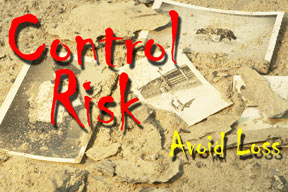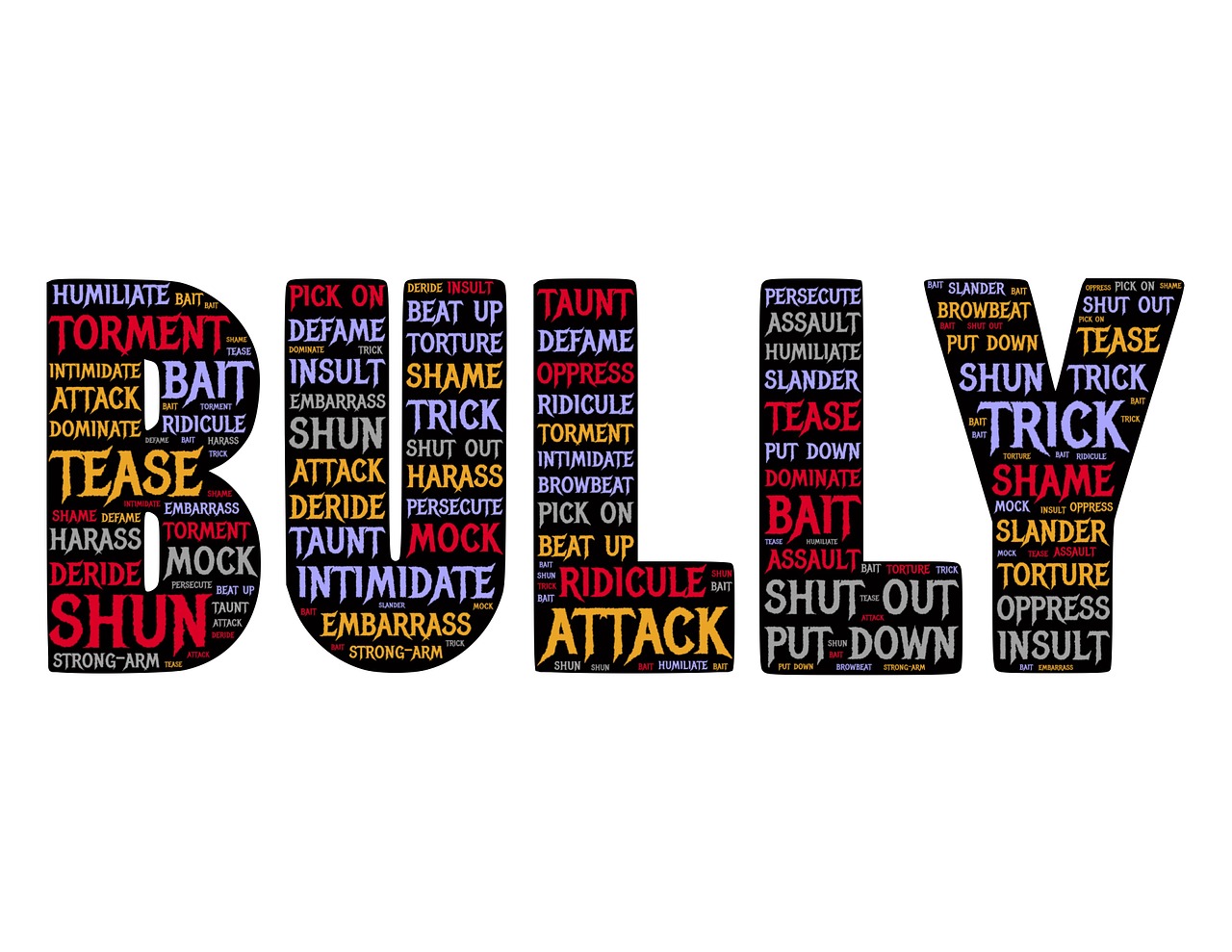
Good risk management and the securing of an insurance policy are primarily the responsibility of the Board of Directors of an association. The purpose of this article is to help clarify these subjects and assist you as a Board member in meeting your responsibilities.
What is Risk Management?
So what is Risk Management? It is the process of making decisions that will limit accidental losses for your association. For example, if a part of the community-owned sidewalk has shifted upward at a joint above the rest of the sidewalk, a tripping hazard has been created that may cause an accident. This accident may then result in a claim and/or lawsuit against the association. So what can we do? There are two primary risk management techniques one could use: Risk Control and Risk Financing.
Risk Control relates to the steps that can be taken to prevent or limit losses and the financial burdens that can be placed on a Community as a result of a loss. For example, the removal of the diving board from the pool. There is little question that this step could reduce the frequency of a loss. Or you could take steps to completely avoid a loss. A rule prohibiting the use of personal BBQ grills within a condominium community would help avoid a fire. You could also transfer some of this risk and responsibility to vendors. Instead of hiring employees, you can enter into contract with third-party vendors requiring them to provide their own fully insured personnel to get a job done. These are just a few steps that can be taken to control risk.
Risk Financing is the way to pay for the financial burden that may result in the event of a loss. There are two ways to accomplish Risk Financing. One is save funds to cover the expense of a possible loss whenever it should occur. For example, the Board may decide to cover the replacement of office and computer equipment with a funded savings account. Since faster and better computers and copiers are being produced each year, insuring this equipment may not seem economically practical. Another way of Risk Financing, of course, is to purchase insurance - - which is typically offered at a fraction of the replacement cost of that being insured.
The insurance industry offers property and liability insurance through two systems. The America Agency System is a system where agents secure policies through many different insurance companies for the benefit of their client. The Direct Writer System is a system where the agent is an employee of the company and only secures a policy with that single company.
Parts of a Commercial Insurance Policy
Once you have purchased insurance for your community, you have entered into a contract with that insurance company and this contract is called a policy. A common commercial policy has five parts. The first part is the called the common declarations. This part includes information as to the name and address of those insured and the time period of the coverage. It is similar to the title page of a book. The next part is known as the common policy conditions. This is the area that provides that basic information about the policy. For example, how the policy can be cancelled, whether there is a penalty for cancellation, or how to file a claim. The next section explains the type of coverage that is being provided and is called the selection of forms. More simply stated, this area states what is and what is not being covered. For example, property insurance for the front entrance monument may cover the brick wall but exclude the plants and shrubs around the entrance in the event of weather related loss. The next part of the policy is called optional endorsements. This is the area where you or the insurance company can add or subtract items that are covered or causes of loss. A common example of this is mold exclusion. The last part is the glossary. As in any book, this is the area that defines terms and concepts that pertain to the policy.

What to Cover
Your association is created with a set of governing documents that identify the responsibilities of all parties involved. The Covenants, Conditions & Restrictions and By-Laws, Rules and Regulations clearly establish the direction of the community and further identify the common areas (property shared by all owners) and limited common areas (property not shared by all unit owners). This concept is imperative when discussing the insurance needs of the community. The policy coverage that is attributed to the association can be seen in the following:
- Property --All real property such as buildings, entrance walls, clubhouses, water and sewerage treatment buildings, light fixtures, fences, etc. Waiver of subrogation against other unit owners. Replacement of units back to their original construction quality.
- General Liability --Coverage that protects the association from injuries sustained by the individual(s) when they are on common area, such as walkway, swimming pool, or any other amenity owned by the association.
- Directors and Officers Liability --Coverage that protects and provides legal representation for the decisions and actions of Board Members (including committee persons) that are disputed by another party.
- Fidelity Insurance --Coverage that protects both the association and the individual or Management Company that is assigned to collect and pay out monies on behalf of the association. The Property Management Company is typically an additional insured under fidelity coverage and in D&O claims.
- Building Ordinance Law--Provides coverage that automatically includes demolition, contingent liability and increased cost of replacement construction due to more stringent building codes on a state, city or county basis.
- Environmental Impairment--Bodily injury caused by pollution conditions, property damage, remediation expenses and defense costs attributed to pollution claims.
I would strongly suggest that the individual, committee or management company soliciting proposals from various insurance companies on behalf of the Board of Directors for the community association they represent use a spreadsheet to disclose their findings. This technique allows careful comparison of competing policies while evidencing a thorough job. All too often, the task of collecting this information is rather tedious so you should encourage interested insurance agents to assist you in this chore.
Good risk management and the prudent selection of coverages can help to assure that your community association limits its losses, is adequately insured when the unexpected happens, and is deserving of the lowest-priced premiums in the marketplace. For the benefit of your neighborhood, an aggressive program to reduce losses pays huge dividends for all!
 Print
Print Email
Email







